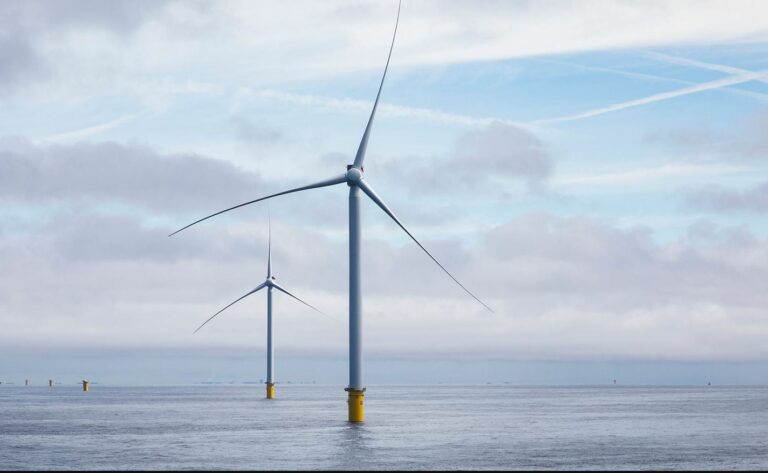
The wind farm will be located in Øresund, about ten kilometeres off the south coast of Copenhagen, Denmark.
The installation will begin in 2026 when Cadeler will use one of its O-class vessels, which by that time will feature a new and larger main crane with a lifting capacity of 1,600 metric tons at a radius of 40 metres.
The main hook will be able to reach 160 metres above the main deck.
The planning of the Aflandshage wind project has taken eleven years and the location has been selected with consideration to the nearby Natura 2000 areas, coastline, shipping traffic, and air traffic, according to Cadeler.
The developer, HOFOR (Greater Copenhagen Utility), applied for the wind farm through the open-door scheme which was suspended by the Danish Energy Agency in February saying that this permitting scheme was potentially in breach of EU law.
A month later, the agency announced that it resumes the processing of the Aflandshage wind project.
The gravity-based foundations will be placed on the seabed surrounded by large stones to create an artificial stone reef that can foster local biodiversity and marine life, Cadeler said.
“I am proud that HOFOR is contributing to the necessary green transition, and that we can provide electricity equivalent to the consumption of 300,000 households with this offshore wind farm. I look forward to our cooperation with Siemens Gamesa to create Aflandshage Wind Farm”, said Henrik Plougmann Olsen, CEO at HOFOR.
“Within a few years we can provide great amounts of green electricity to the region around Øresund, where we know for a fact that the need will only increase in the coming years. We are not there yet, since we are still awaiting the final approvement of the project economy from our owner, The Municipality of Copenhagen, but today we have taken an important step for the green transition around Øresund.”
In 2021, HOFOR entered into an agreement with Ørsted for the supply of electricity from the offshore wind farm to the 1.3 GW Green Fuels for Denmark project, which involves the production of sustainable fuels in the Greater Copenhagen area.
Under the agreement with Ørsted, the power from Aflandshage could enable parts of Green Fuels for Denmark’s second phase of 250 MW and meet the power demand for the project’s first phase.
In addition to Green Fuels for Denmark, the agreement could potentially also cover the power demand of the electrolysis plant that will supply hydrogen to DFDS’s proposed hydrogen-powered ferry between Copenhagen and Oslo, if this project is realised.